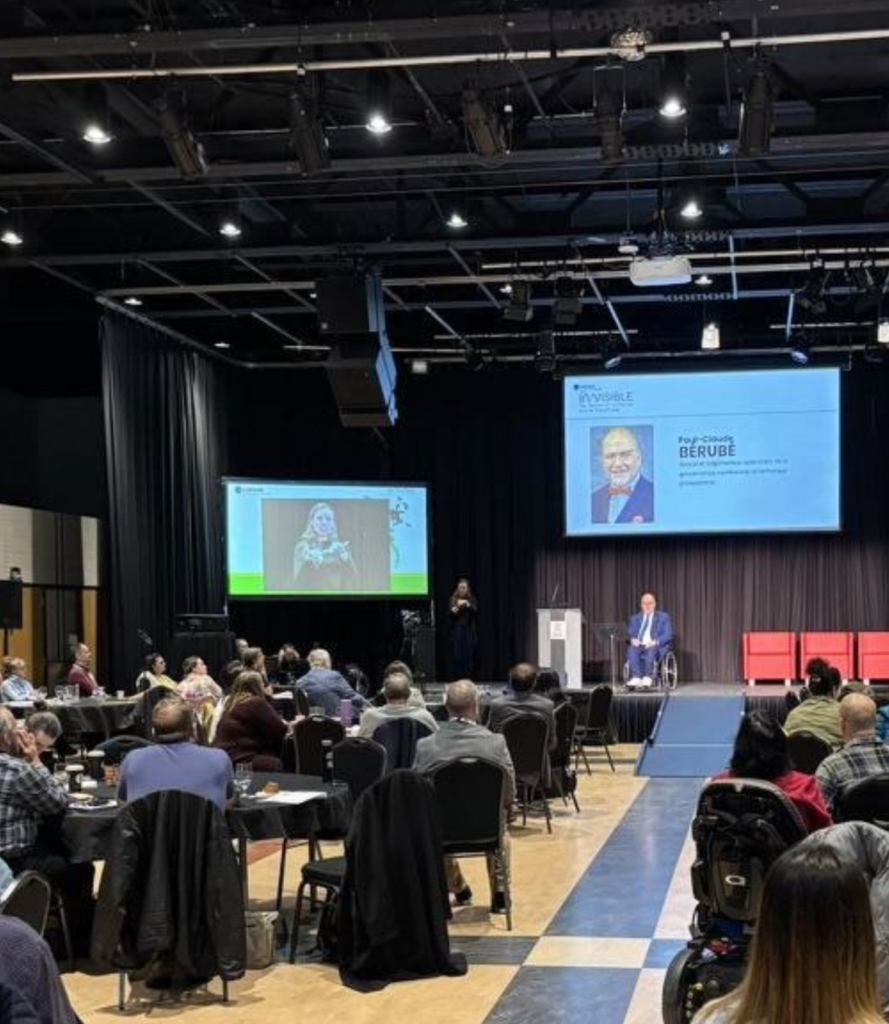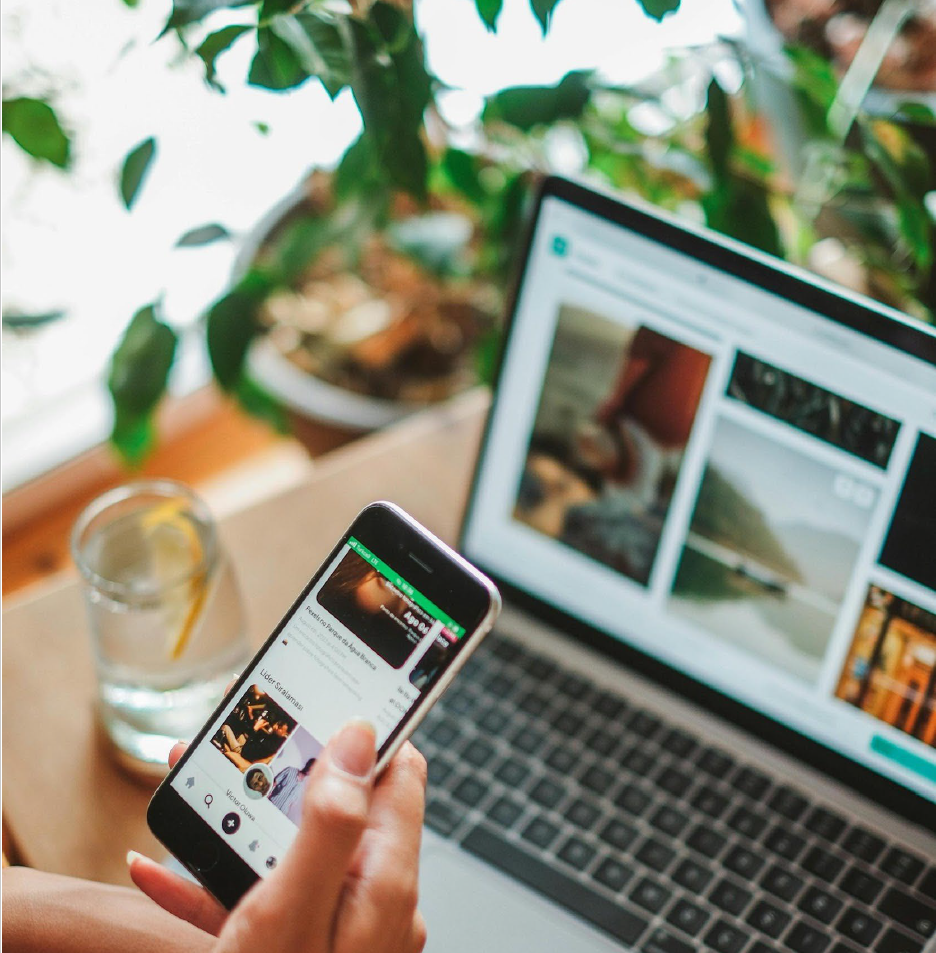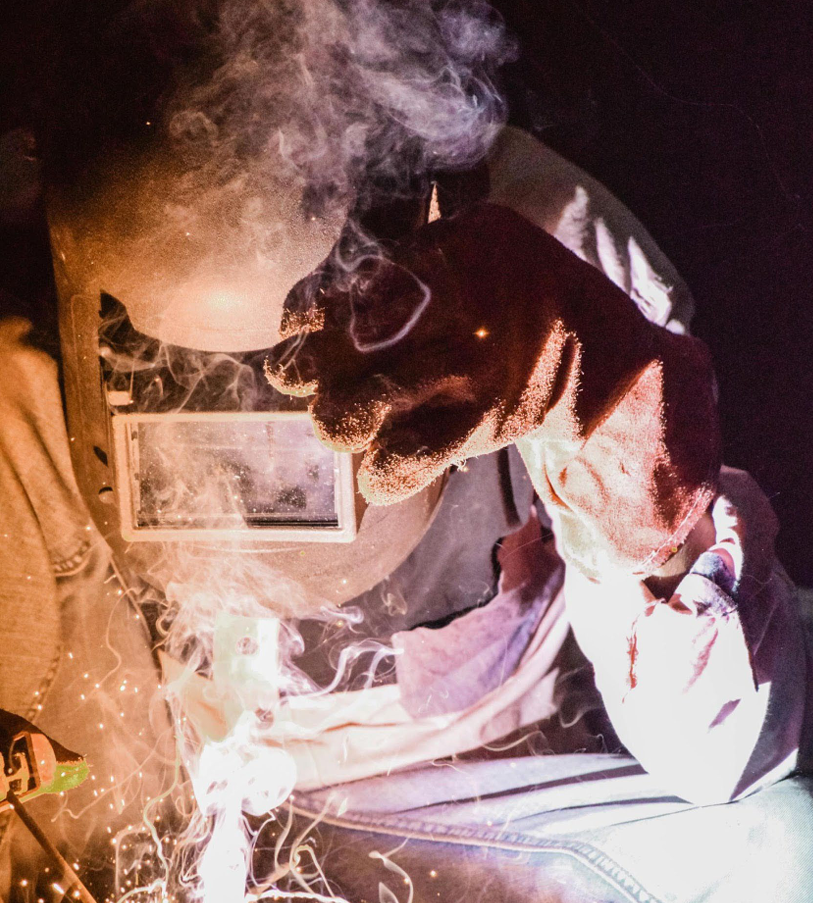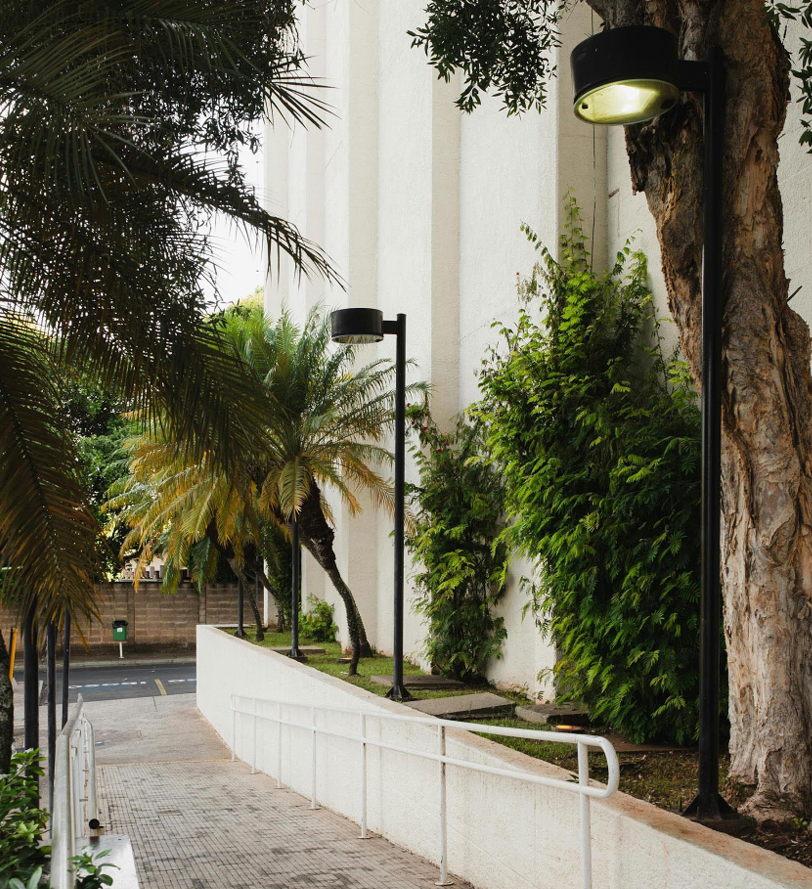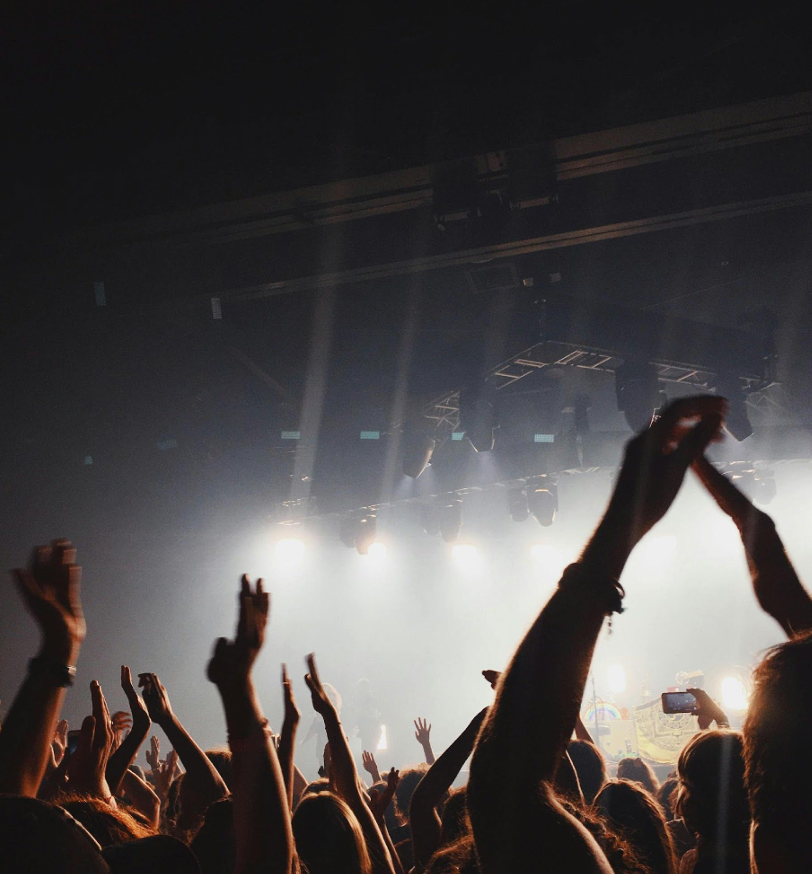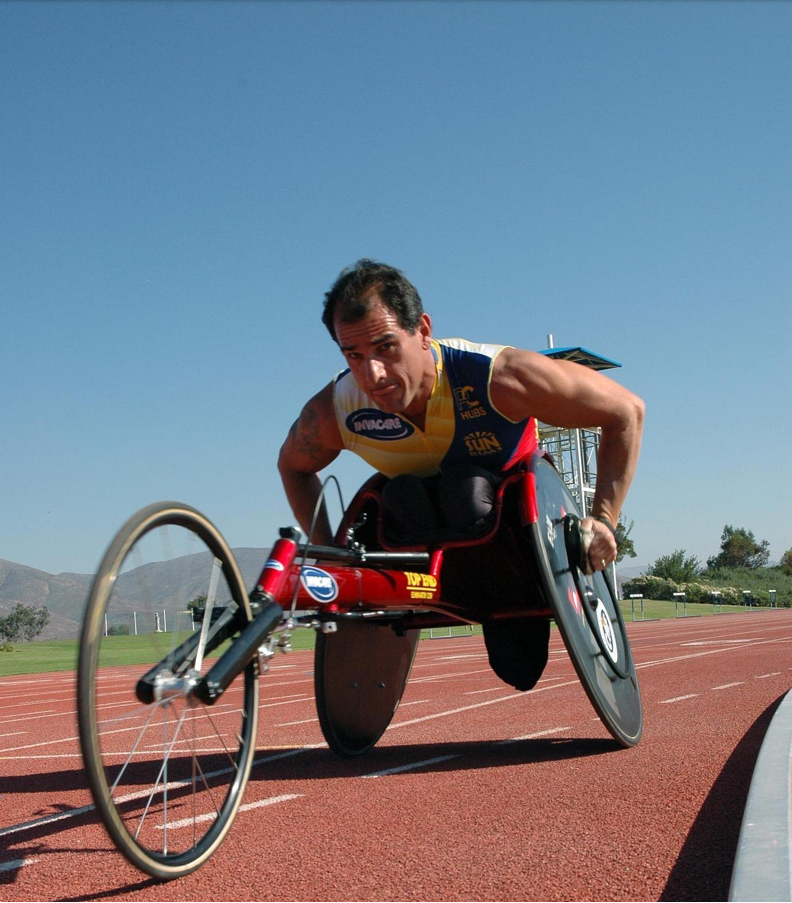
What is accessible and inclusive cultural participation?
Accessible and inclusive cultural participation means that everyone, regardless of ability, can have rewarding experiences as a member of the public or as a cultural professional. Those experiences should be moving and thought-provoking and fill participants with a sense of wonder, while also facilitating the expression of group or personal identity. This goes for all forms of art and culture : music, dance, theatre, visual arts, television, literature, and film.
Cultural accessibility involves removing physical, financial and social barriers that keep certain persons from participating fully. This being said, having access to culture is not enough : one also should have a sense of belonging to culture. By fostering positive representations, art plays a role in dismantling harmful stereotypes and calls into question the marginalization of persons with disabilities. Thus, art becomes a source of assertion and resistance.
Overview of the situation
The level of cultural participation among persons with disabilities is concerning, whether as members of the public or as artists or cultural professionals.
As members of the public, in Québec, participation in at least one cultural outing in the past year is 10% lower for persons with disabilities as compared to persons without disabilitie (ECI, 2016). This difference is significantly higher among persons with a motor disability (25% lower than for persons without a disability). In France, in 2022, 52% of persons with disabilities deem that access to culture is difficult, although this figure is far lower than in previous years (Fondation Handicap Malakoff Humanis).
Persons in wheelchairs feel especially penalized as compared to those with other types of disability. They believe that physical accessibility should be the main focus of improvement efforts, far ahead of fees or assistance services.
Issues encountered by persons with disabilities also vary by cultural sector, overarching issues notwithstanding. The inclusive experiences offered are still largely ephemeral and do not appear to be part of standard professional practice (Société inclusive, 2024). Initiatives taken are largely in relation to technology (44%) or revisions to programming (27%), rather than being focussed on access to buildings (9%), governance (9%), communication (6%) and education (5%). A great many accessibility projects are not subsidized, and of the ones that are, those related to architecture or programming make up a greater share. Advances in programming are bright spots in the media, with theatre and audio-described dance being especially popular.
In the case of artists, persons with disabilities face specific barriers, such as limited training opportunities, poor circulation of their works and lower revenues. For example, in 2012-2013, artists with disabilities received only 0.7% of the funding awarded to all artists from the Canada Council for the Arts (Conseil des arts du Canada, 2020). While this percentage may have grown since the advent of scholarships and support programs for artists with disabilities, very little data exists on their presence or success in the cultural trades.
Overall, it can be said that changes in subsidies have had a significant impact on accessibility and inclusion. However, they are still too sporadic to have lasting effects. Making cultural performance truly inclusive requires going from a makeshift strategy to a structured strategy for organizational change (Société inclusive, 2024).
Standards and obligations
Few standards apply specifically to the field of art and culture. Some large cultural institutions are required to meet obligations pertaining to action plans. The Canadian Radio-television and Telecommunications Commission (CRTC) imposes accessibility requirements exigences d’accessibilité relating to described video vidéodescription and closed captioning sous-titrage codé.
Good practices to improve accessible procurement
Top-level commitment is essential at all project stages and in all facets of an organization. Here are a few concrete measures to be adjusted according to your situation:
Available resources
Training:
Few training opportunities are offered exclusivement for the cultural sector. Training on welcoming is the first avenue to look into. Consult the Customer service fact sheet.
-
Accueillir des publics en situation de handicap au musée, Société des musées du Québec et Kéroul.
-
Audiodescription en danse, Danse-Cité.
Grants:
-
The provincial program Culture et inclusion seeks to increase the number of cultural activities, services and goods available to persons risking exclusion.
-
The Broadcasting Accessibility Fund Fonds pour l’accessibilité de la radiodiffusion supports innovative solutions for accessibility to broadcasting content in Canada.
-
Subsidy programs for accessible recreation may sometimes apply to cultural projects. Consult the Recreation, sports and tourism fact sheet Loisirs, sports et toursme.
-
Programs related to the built environment can make cultural spaces more accessible. See the fact sheet Environnement bâti.
Documents:
-
Accessible Art & Placemaking Toolkit, Steps Public Art.
-
Accessibilité universelle : des outils pour le milieu artistique, Conseil des arts de Montréal.
-
Médiation culturelle, musées, publics diversifiés : guide pour une expérience inclusive, Écomusée du fier monde (PDF, 30 Mo).
Fact sheet prepared in collaboration with Julie-Anne Perrault, universal accessibility consultant, with feedback from Aurélia Fleury and Alexandra Gilbert (AQLPH).


